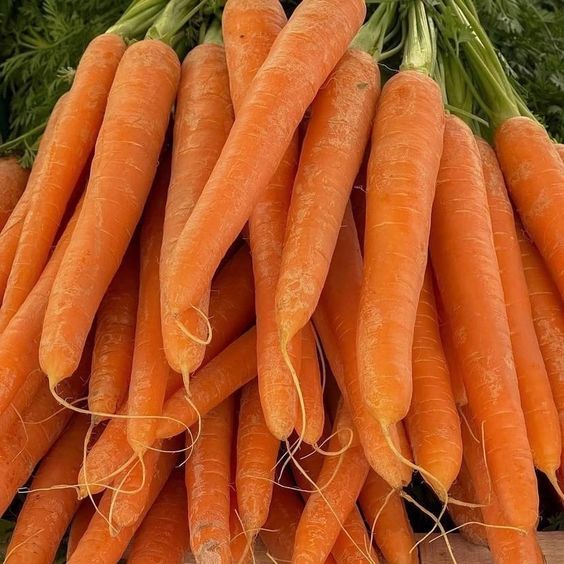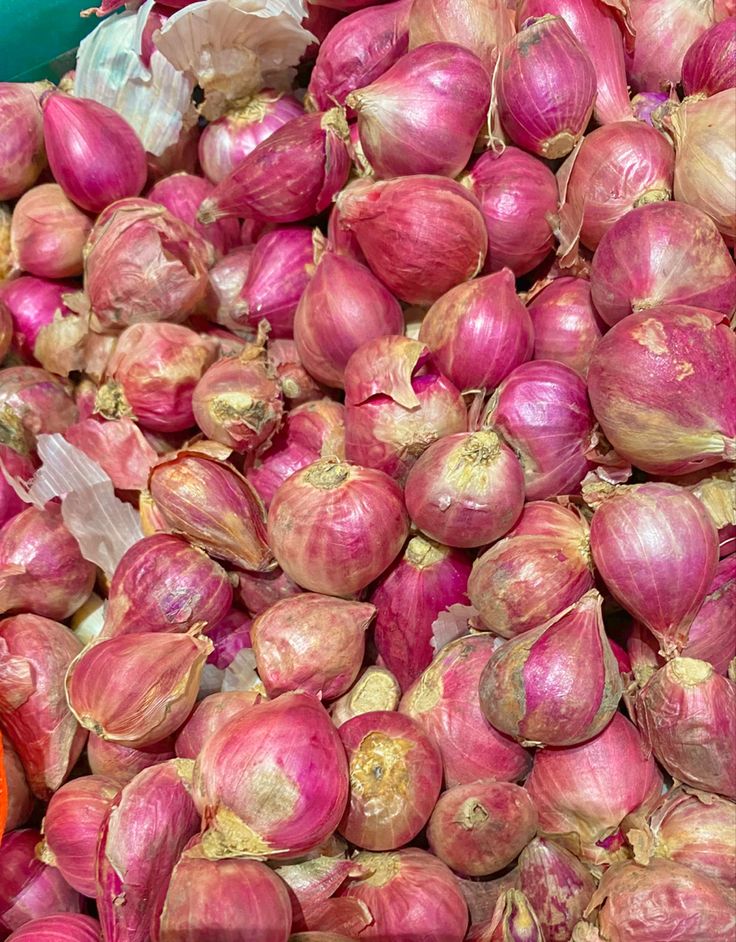Optimizing Corn Fertilization: A Guide to Smart Fertilization Practices
Corn Fertilization, a vital cereal crop, serves as a critical dietary staple and industrial input globally. Maximizing corn yield requires a delicate balance between providing essential nutrients and managing resources sustainably. This is where smart agriculture steps in, offering a data-driven approach to corn fertilization that optimizes growth while minimizing environmental impact.
Contents
The Importance of Precision in Corn Fertilization
Traditionally, Corn Fertilization has relied on broad-acre application methods, spreading fertilizer uniformly across an entire field. While this approach ensures some level of nutrient delivery, it often leads to inefficiencies. Excess fertilizer can be wasted on areas that already have sufficient nutrients, leading to increased costs and environmental concerns.
Runoff from over-fertilized fields can pollute waterways, disrupt ecosystems, and contribute to harmful algal blooms. Additionally, under-fertilized areas may not reach their full yield potential, hindering profitability and overall production.
Here’s where smart fertilization comes in. By utilizing technology and data analysis, farmers can achieve a more precise approach to corn nutrition.
Smart Tools for Smarter Fertilization
Several key tools and technologies contribute to the success of smart corn fertilization:
- Soil testing: Regular soil testing provides a baseline understanding of the existing nutrient levels in different zones within a field. This allows for targeted application, focusing fertilizer on areas with deficiencies while avoiding over-application in areas with adequate levels.
- Precision Application Equipment: Advanced equipment like variable-rate applicators and GPS-guided tractors enable farmers to adjust fertilizer application rates on-the-go based on pre-programmed maps derived from soil testing data. This ensures that the right amount of fertilizer reaches the right areas.
- Remote Sensing: Technologies like satellite imagery and aerial drones can be utilized to assess crop health and identify areas with potential nutrient deficiencies based on variations in plant color, height, and growth patterns. This provides valuable insights into the real-time needs of different sections of the field.
- Weather Monitoring: Integrating weather data into fertilization plans is crucial. Rainfall patterns and soil moisture levels significantly impact nutrient uptake by plants. By considering weather forecasts, farmers can schedule fertilizer application to coincide with periods of optimal absorption, preventing runoff from heavy rain events.
Implementing Smart Fertilization Strategies
Here are some key steps to consider when incorporating smart fertilization practices into your corn production:
- Develop a Nutrient Management Plan: Work with an agronomist to create a customized plan based on your specific soil characteristics, corn variety, and yield goals. This plan will outline the types and amounts of fertilizer needed for each zone within your field.
- Invest in Soil Testing: Regularly analyzing your soil provides essential data for creating accurate nutrient management plans. Consider testing different zones within your field to identify potential variations.
- Utilize Precision Application Technology: Explore and adopt equipment like variable-rate applicators and GPS-guided tractors to ensure precise fertilizer placement based on your soil test results and nutrient management plan.
- Integrate Remote Sensing Data: Explore the use of satellite imagery and aerial drones to monitor crop health and identify areas requiring additional nutrients. This data can be used to adjust fertilization plans in real-time.
- Consider Weather Data: Factor in weather forecasts when planning fertilizer application. Avoid application before heavy rain events to minimize runoff and maximize nutrient uptake by corn plants.
Benefits of Smart Corn Fertilization
Adopting a smart fertilization approach offers significant benefits for both farmers and the environment:
- Increased Corn Yield: Precise nutrient delivery ensures that corn plants receive the essential elements they need for optimal growth, leading to higher yields and improved profitability.
- Reduced Fertilizer Costs: Smart fertilization avoids excess application, minimizing overall fertilizer costs.
- Enhanced Environmental Sustainability: By optimizing fertilizer use, smart practices minimize nutrient runoff, protecting water quality and reducing environmental pollution.
- Improved Soil Health: Targeted application promotes balanced nutrient levels in the soil, fostering a healthy environment for soil microbes and promoting long-term soil fertility.
Conclusion Corn Fertilization
Smart fertilization represents a significant advancement in corn production. By leveraging technology and data-driven insights, farmers can achieve a more efficient, sustainable, and profitable approach to corn nutrition. Embracing these smart practices ensures optimal crop growth, minimizes environmental impact, and positions farmers to contribute to a more secure and sustainable food system for the future.




